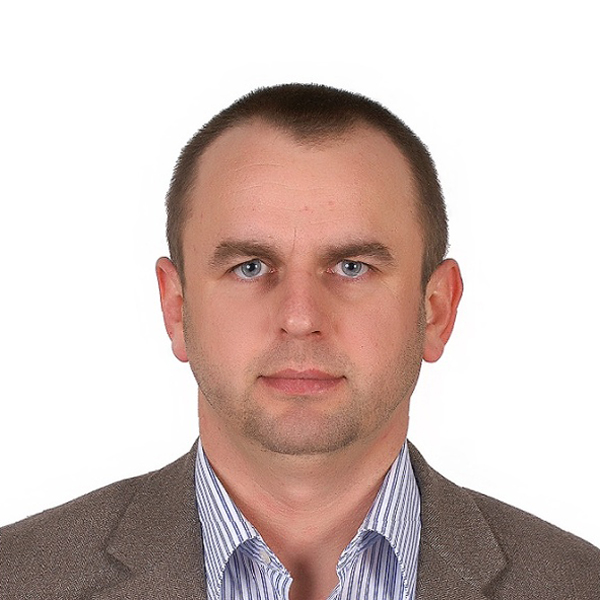Fundamentals of Network Infrastructure
The course will enable the development of IT skills in the area of computer networks.
The course will enable the development of IT skills in the area of computer networks.

The course was designed as part of the project entitled: "Wrocław learns online" No: POWR.03.01.00-00-W073/18, co-financed by the European Union from the European Social Fund under the Operational Programme Knowledge Education Development.
The course is intended for everyone who wants to develop their IT skills in the area of computer networks.
To start the course, all you need is high school level mathematics.
The course aims to introduce basic networking concepts and technologies. Online material will help you improve your skills for planning and implementation of small networks for a variety of purposes.
You will:
In this lesson, you will get basic information about the OSI model. You will learn the idea and structure of this model. We will describe the layers of the model. In the end, you will learn how the OSI model works in the network devices.
In module 2 we will focus on TCP/IP stack. You will know its history and role. You will learn what protocols are used on its layers. In the end we will compare TCP/IP stack and OSI model.
In module 3 you will find out how to configure IP addresses for simple networks. You will learn about the types of IP addresses. You will also know its classes. We will show you how to change from binary to decimal system and also how the subnet mask works. In the end you will know public, private and special addresses.
In module 4 you will find out how router and default gateway works. You will know differences between statistic and dynamic routing. You will also find out how to interpret the routing table.
In the module 5 you will find out how communication in a simple and complex network works. You will know the purposes of developing an IPv6 address and the difference between IPv4 and IPv6 addresses. Finally, you will learn how to simplify an IPv6 address, and you will know the types of it.
In this module you will learn about static and dynamic IP addresses. Next, you will find out how to display the static configuration of the TCP/IP protocol in the graphical interface, command line and PowerShell.
In module 7 you will learn about the role of the DHCP server. You will learn what commands to use to release and renew an IP address in the DHCP service and view server settings on the client computer. Finally, you will learn what to do when a DHCP server is unavailable or does not exist on your network.
In module 8 you will learn what the DNS system is for and how it is used to resolve the names of websites and Internet domains. You will also learn DNS support methods: DNS Server Caching and Link – local Multicast Name Resolution. At the end, you will learn how Windows resolves names.
In module 9 you will learn how to solve network problems. First, we will take a look at common network connectivity problems. Then, step by step, you will learn how to prepare to diagnose the problem, solve it and successfully complete the process.
In module 10 you will learn about the types of diagnostic tools for analyzing names and IP addresses and the types of tools for solving network problems. You will also learn how CmdletyWindows Power Shell is used to diagnose problems in IPv4.
To pass the course and obtain a certificate you have to read the entire material and get a total of 50% of the points that can be gained from the activities included in the course.

A graduate of IT at the Warsaw University of Technology and Cloud Computing Management studies at the Warsaw School of Economics.
Experienced system engineer with proven knowledge of Microsoft Windows Server, Exchange Server, Citrix and Microsoft Azure, AWS and Alibaba public clouds at the architect level.
A long-term instructor with 15 years of experience and a consultant working in the CloudTeam educational center. He develops his experience in areas related to data security and broadly understood virtualization, including private and public clouds. He uses the acquired knowledge during implementations and trainings.